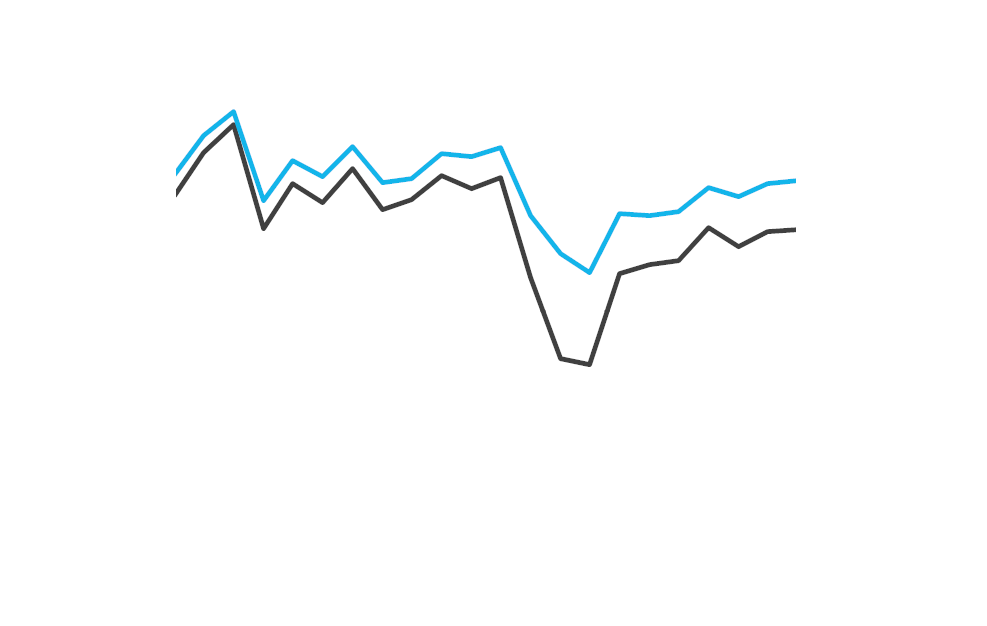The long-term sustainability indicator reached 1.1 % of GDP in 2017. In order to keep the general government debt below the debt ceiling (50 % of GDP) over the next fifty years, it is necessary to adopt (beyond the framework of baseline scenario assumptions) additional measures totalling some 1.1 % of GDP in the medium term.

Report on the Long-term Sustainability of Public Finances (April 2018)
- 28. 4. 2018


